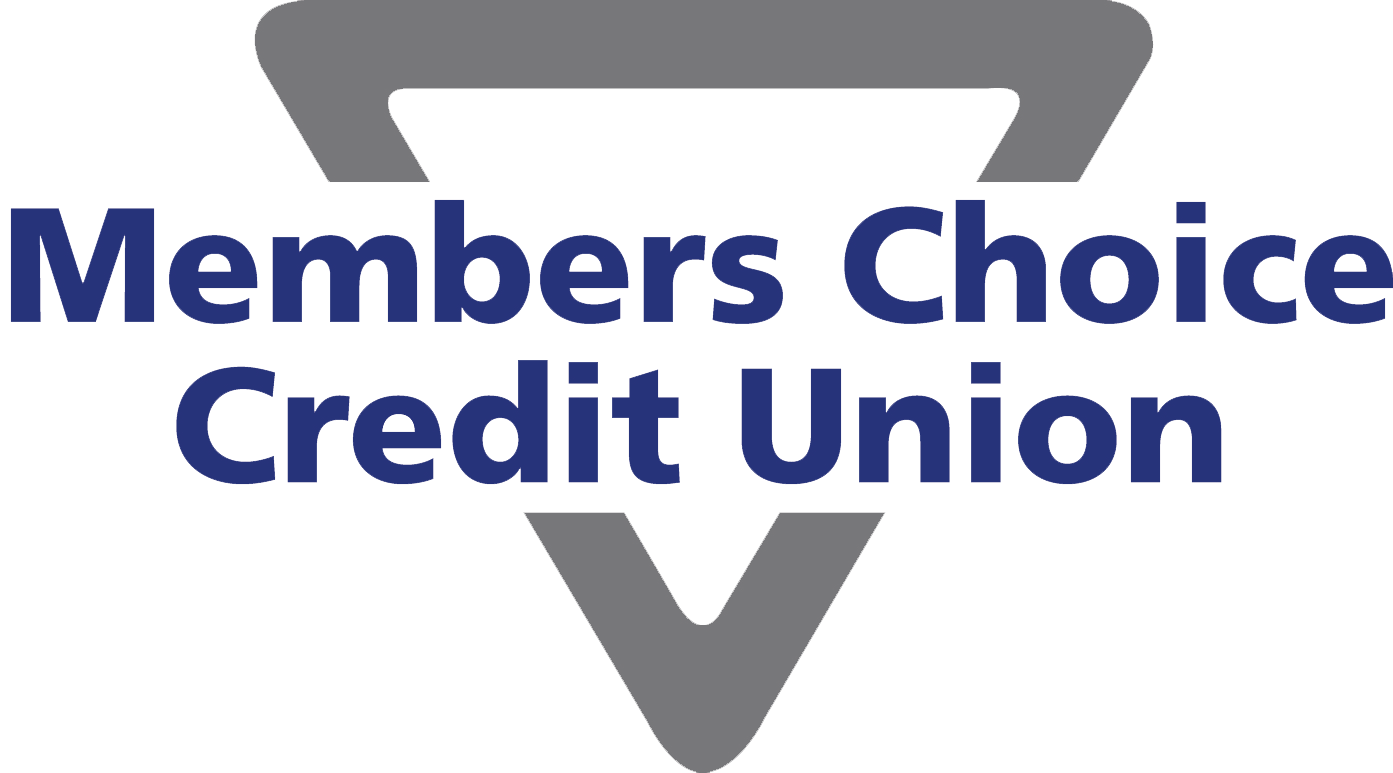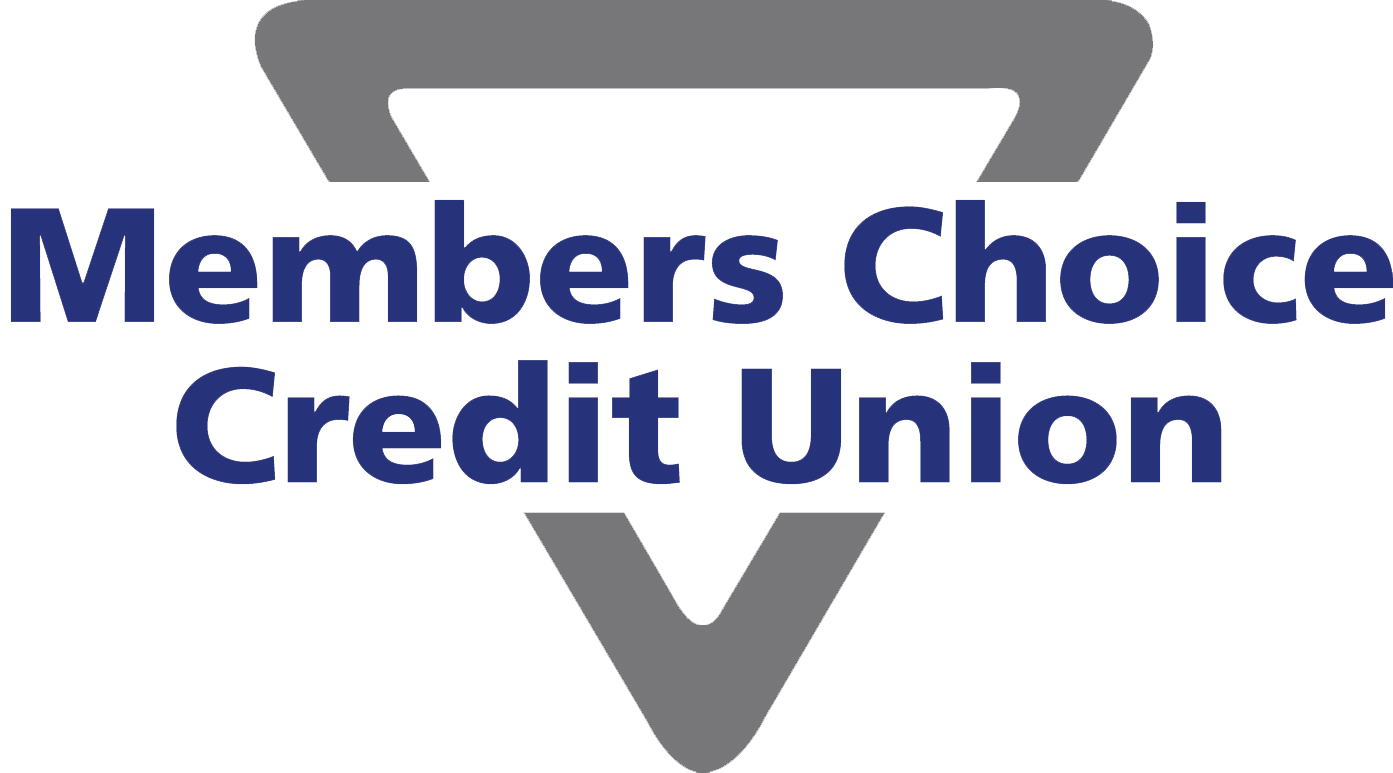Confusion Around Loans and Interest Rates
Key Points Summary:
• Understanding loan interest saves you thousands of dollars
• Different loan types have completely different rate structures
• Your credit score directly impacts every rate offered
Most people sign loan documents without truly understanding what they're paying for beyond the monthly payment amount. This lack of understanding can lead to poor financial decisions that follow you for years. Small differences in interest rates might seem insignificant at first glance, but they can cost or save you thousands of dollars over the life of your loan.
The confusion around loans and interest rates isn't your fault. Financial institutions often use complex terminology and focus on monthly payments rather than explaining the total cost of borrowing. By the end of this article, you'll understand exactly how interest rates work and why they should be your primary concern when comparing loan options.
What Interest Rates Actually Mean
Interest is simply the cost of borrowing money, expressed as a yearly percentage of the loan amount. When you see a 5% interest rate, it means you'll pay $5 per year for every $100 you borrow. This percentage gets divided across your monthly payments throughout the loan term.
Think of interest as rent you pay for using someone else's money. Just like rent, the longer you use it, the more you pay. The Federal Reserve sets baseline interest rates that influence what banks charge consumers, but your personal rate depends on several factors including your creditworthiness and the type of loan you're seeking.
Why Your Interest Rate Matters More Than You Think
Even a seemingly small 1% difference in interest rates can have a massive impact on your wallet. For example, on a $20,000 car loan over five years, the difference between a 4% and 5% interest rate is approximately $600 in extra interest payments. That's real money that could go toward other financial goals or emergency savings.
Higher interest rates also mean more of your monthly payment goes toward interest rather than paying down the actual loan balance. This extends how long it takes to build equity in assets like cars or homes. Consumer Financial Protection Bureau data shows that many borrowers don't realize how much of their early payments go solely to interest costs.
Different Types of Loans Have Different Rate Rules
Secured loans, such as mortgages and auto loans, typically offer lower interest rates because they're backed by collateral that the lender can seize if you don't pay. The house or car serves as security for the loan, reducing the lender's risk. This reduced risk translates directly into lower rates for you as the borrower.
Unsecured loans, including personal loans and credit cards, carry higher interest rates because lenders have no collateral to fall back on if you default. Credit card rates can reach 25% or higher, while personal loans might range from 6% to 36% depending on your credit profile. The National Credit Union Administration provides current average rates across different loan types to help you understand what's considered competitive.
Fixed vs Variable Rates: The Choice That Changes Everything
Fixed interest rates remain the same throughout your entire loan term, making your monthly payments completely predictable. You'll know exactly what you'll pay each month from the first payment to the last. This stability helps with budgeting and protects you from rising interest rate environments.
Variable rates can increase or decrease over time, typically tied to an index like the prime rate or LIBOR. While variable rates often start lower than fixed rates, they carry the risk of increasing significantly over time. During periods of rising rates, your monthly payment can jump unexpectedly, potentially straining your budget.
How Your Credit Score Controls Your Rate Options
Your credit score acts as a financial report card that lenders use to determine both whether to approve your loan and what interest rate to offer. Credit scores above 740 typically qualify for the best available rates, while scores below 600 often result in much higher rates or loan denials. FICO provides detailed information about how different score ranges affect your borrowing options.
Each 20-point drop in your credit score can increase your interest rate by 0.25% to 0.50%, though this varies by lender and loan type. This means improving your credit score before applying for loans can save you significant money. Even waiting a few months to improve your score can result in better rate offers.
Common Interest Rate Mistakes That Cost Money
The biggest mistake borrowers make is focusing solely on the monthly payment amount rather than the total interest they'll pay over the loan's lifetime. A longer loan term might lower your monthly payment, but you'll pay much more in total interest. Dealers and lenders often emphasize monthly payments because they sound more affordable than discussing the total loan cost.
Another costly mistake is not shopping around with multiple lenders before choosing a loan. Different lenders offer different rates based on their lending criteria and business models. Experian recommends comparing offers from at least three different lenders, and doing so within a short timeframe to minimize credit score impacts from multiple inquiries.
APR vs Interest Rate: The Difference You Need to Know
While the interest rate represents the yearly cost of borrowing money, APR (Annual Percentage Rate) includes the interest rate plus additional fees and costs associated with the loan. These might include origination fees, points, or other charges that increase your actual borrowing cost. APR gives you a more complete picture of what you'll really pay.
When comparing loan offers, always compare APRs rather than just interest rates. A loan with a lower interest rate might actually cost more if it includes high fees. The Truth in Lending Act requires lenders to disclose APR, making it easier to compare the true cost of different loan options.
When to Refinance and When to Stay Put
Refinancing makes sense when current market rates have dropped significantly below your existing rate, or when your credit score has improved enough to qualify for better terms. Generally, you should consider refinancing if you can reduce your rate by at least 0.5% to 1%, depending on your loan balance and remaining term.
However, refinancing isn't always beneficial. Closing costs, application fees, and other expenses can outweigh the savings from a slightly lower rate. Freddie Mac provides current mortgage rates that can help you determine if refinancing makes financial sense. Calculate the break-even point by dividing your closing costs by your monthly savings to see how long you'd need to stay in the loan to benefit.
Making Smart Borrowing Decisions for Your Financial Future
Understanding how interest rates work empowers you to make informed borrowing decisions that can save you thousands of dollars over time. The key is looking beyond monthly payments to understand the total cost of borrowing, shopping around for the best rates, and improving your credit score when possible.
Taking the time to compare loan options and understand the terms might seem tedious, but it's one of the most valuable investments you can make in your financial future. At Members Choice Credit Union, we believe in helping our members understand their borrowing options and find solutions that fit their financial goals. Whether you're considering a car loan, personal loan, or mortgage, we're here to provide transparent information and competitive rates for our community.




